A stepper motor actuator is a mechanical device which produces force, as well as motion along a straight path. A stepper actuator uses the core principles of a stepper motor, with some slight modifications. With the stepper actuator, the shaft of a normal stepper motor is replaced with a precision lead screw, and the rotor is tapped to convert it to a precision nut that is adjusted to the lead screw. As the rotor rotates, the lead screw rotates up and down the precision nut, allowing for linear motion. Minimizing outside mechanical systems to convert rotary into linear motion, greatly simplifies rotary to linear applications. The stepper actuator design allows for high resolution and accuracy, while minimizing extra mechanical components.
Block Diagram of a Stepper Motor System
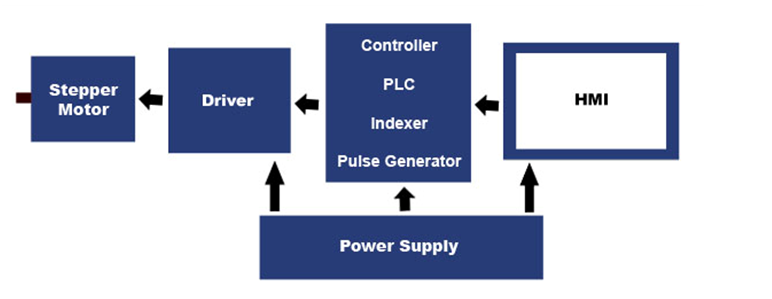
Physical Properties of a Stepper Actuator
The physical properties of stepper actuators are made up of the same core properties of a stepper motor, with some modifications. The shaft of a normal stepper motor is replaced with a precision lead screw and the rotor is tapped precision nut that interacts with the lead screw to allow for linear motion. The stator and rotor laminations are comprised of silicon steel which allows for a higher electrical resistivity and lower core loss. There are a variety of magnets used: ferrite plastic, ferrite sintered and Nd-Fe-B (neodymium magnet).
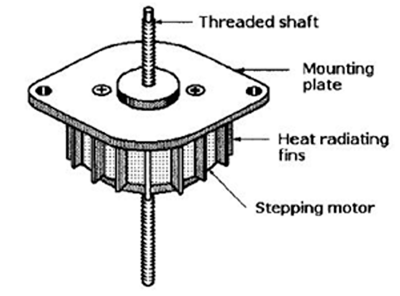
Figure 2: Physical components of a PM stepper actuator with a threaded shaft and a mounting plate.
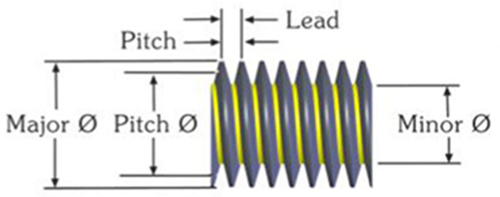
Figure 3: Illustration of the threaded shaft with the pitch and lead.
How do Stepper Actuators Work?
A stepper actuator is driven by a stepper motor driver and/or controller, which provides the instructions to manipulate the stepper actuator to start or stop. The driver and/or controller sends the proper signal pulses to the windings of the stepper actuator, causing the rotor (Economy Linear Stepper or Precision Linear Actuator) to rotate and the lead screw to extend or retract. By the use of instructions, a stepper motor controller designates how far and how fast the stepper actuator should extend or retract. A controller can be pre-programmed or controlled in real time by inputs predefined on the stepper drive or controller.
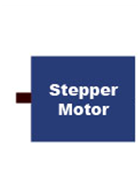
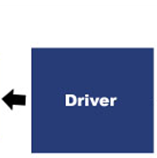





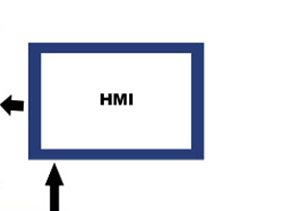


No comments:
Post a Comment